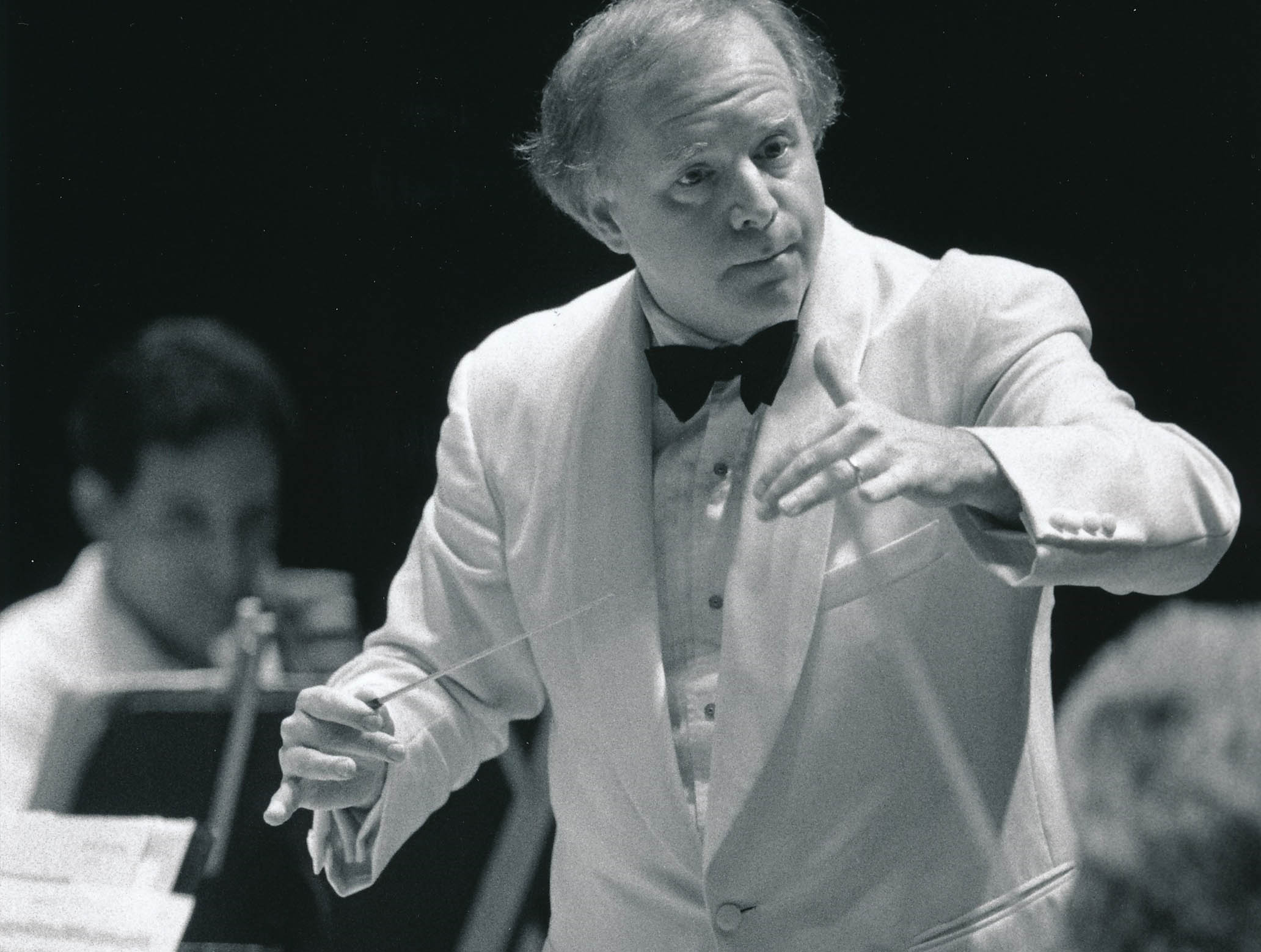Moving from Life to Death and Back Again:
Beethoven's Symphony No. 7 in A Major (1812)
“This symphony is the Apotheosis of Dance”
— Richard Wagner, The Art-Work of the Future, 18491
This comment by Wagner, delivered as part of his historical rationale for his music dramas, has become inseparably connected to Beethoven’s Seventh Symphony. Although derived partly from Wagner’s belief that symphonies arose from dance music, he hits upon a very important aspect of Beethoven's seventh, one that ties the work to the Promethean metaphor: rhythm.
In the Seventh, Beethoven suffuses each movement with a unique and persistent rhythmic pattern, which he develops alongside melody and harmony through changes in duration, orchestration, and texture. As you heard in the audio example, the first movement’s long-short-long rhythm acts as a sort of primeval soil from which musical themes spring. Although such a use of rhythm was not unknown, no one previously had attempted anything akin to what Beethoven did in the Seventh. Beethoven’s opening the door of rhythm for a future composer might be akin to a painter discovering oil paint after only using watercolors: entirely new ways of representation become available.
Wagner’s appellation is only part of the symphony’s story, as Franz describes below: The symphony is broadly explores different kinds of movement, of which dance is only one. The second movement, one of Beethoven’s most famous pieces and encored at the symphony’s premiere, is centered on a solemn processional rhythm. This dirge-like rhythm becomes the bedrock for layers of new musical lines, the pressure of which eventually culminates in an enormous outpouring of emotion.
Franz discusses the importance of movement in Beethoven’s Seventh Symphony. Beginning with Wagner’s association of the symphony with dance, Franz then discusses the relationship among movement, time, and mortality, as reflected in the far less dance-like second movement.
Beethoven did not have to give the second movement a tragic cast. That he did is significant; following on the heels of the joyous, dance-like first movement, this movement seems to reflect the opposite, with intimations of mortality. Like dance, a funeral procession has a rhythm of its own, and in this movement, the inexorable progress of its long-short-short-long-long rhythmic pattern can reflect the unstoppable march of time. That the first movement introduces an idea and the second movement introduces complication is not unique to this symphony: Beethoven does it in the Fourth Symphony as well.
Perhaps as an antidote to such a dark second movement, the remaining two movements return to the high spirits of the first. The third movement, a scherzo, is at turns bubbly and rustic, with a signature rhythm of long-short. In the trio sections, Beethoven reveals the rhythm’s connection to that of the first movement, helping bridge the distance created by the tragic second. The finale, in the words of Beethoven biographer Jan Swafford, “resembles a Scottish reel,”1 but also contains incredibly elaborate rhythmic transformations. Theorist Donald Tovey has analyzed how the opening seconds of the movement contain three different rhythmic patterns that Beethoven will develop.2 That the symphony moves both toward greater abandon while upping the rhythmic ante seems to offer an answer to the question posed by the first and second movements: If all movement must end, then one can and must still move — and live.
 Christoph von Dohnányi, the Orchestra’s sixth music director (1984-2002), was a frequent conductor at the BBC Proms. This recording is from the second of eleven appearances the Orchestra has made at the Proms since 1975. Photograph by Roger Mastroianni, 1997.
Beethoven Symphony No. 7, III. Presto – Assai meno presto
Christoph von Dohnányi, the Orchestra’s sixth music director (1984-2002), was a frequent conductor at the BBC Proms. This recording is from the second of eleven appearances the Orchestra has made at the Proms since 1975. Photograph by Roger Mastroianni, 1997.
Beethoven Symphony No. 7, III. Presto – Assai meno presto
The Cleveland Orchestra, Christoph von Dohnányi
Archival Recording: Royal Albert Hall, London, September 5, 1990
 Leonard Slatkin served as Blossom’s first Festival Director from 1991-1999. During his tenure at Blossom, the Orchestra performed a wide range of music, from Monteverdi’s Blessed Virgin Vespers (1610) to Michael Daugherty’s Dead Elvis (2003). Photograph by Roger Mastroianni, 1997.
Beethoven Symphony No. 7, IV. Allegro con brio
Leonard Slatkin served as Blossom’s first Festival Director from 1991-1999. During his tenure at Blossom, the Orchestra performed a wide range of music, from Monteverdi’s Blessed Virgin Vespers (1610) to Michael Daugherty’s Dead Elvis (2003). Photograph by Roger Mastroianni, 1997.
Beethoven Symphony No. 7, IV. Allegro con brio
The Cleveland Orchestra, Leonard Slatkin
Archival Recording: Blossom Music Center, July 18, 1999
1 Richard Wagner’s Prose Works, Vol. 1: The Art-Work of the Future, translated by William Ashton Ellis (London: Kegan Paul, Trench, Trübner, 1895), 124.
2 Jan Swafford. Beethoven: Anguish and Triumph (Boston: Houghton Mifflin Harcourt, 2014), 617.
3 Donald Francis Tovey. Symphonies and Other Orchestral Works (Mineola, NY: Dover, 1981, 2015), 75-76.
Alexander Lawler
Alexander Lawler is a Historical Musicology PhD student at Case Western Reserve University. This is his third year working in the Orchestra’s Archives, having previously written “From the Archives” online essays (2015-2016) and designed a photo digitization and metadata project (2016-2017).